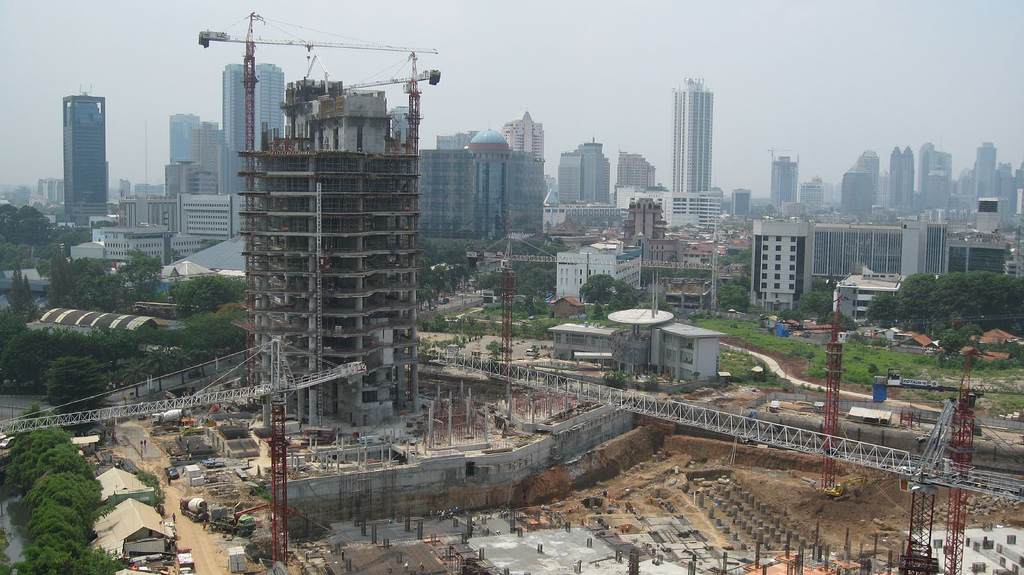The Peninsula
Partner, Balancer and Model: Korea’s Engagements in Southeast Asia

By Sarah K. Yun
Traditionally, Korea’s major diplomatic and trade partners consisted of the United States, Japan, China, Europe, and Russia. Under President Lee Myung-bak’s “New Asia Initiative,” Korea has boosted its engagements in the Asia-Pacific, especially smaller neighbors in the region. The rationale is that Korea can serve as an excellent and non-threatening model for economic and political development. Southeast Asia and ASEAN are perfect case studies for the success of Korea’s “New Asia Initiative.” Korea is expanding its involvements in all three diplomatic pillars – economic, security, and non-traditional security including socio-cultural issues.
The most active pillar of Korea’s diplomatic engagements in Southeast Asia is economics and trade issues. ASEAN became Korea’s third largest trading partner in 2008, second largest overseas investment destination, and second largest construction market. At the same time, Korea is ASEAN’s fifth largest trading partner. Since 2005, trade between Korea and ASEAN nations has increased 82% from $53 billion to $97 billion in 2010. In 2010, the Korea-ASEAN FTA was implemented, and bilateral trade is expected to increase to $150 billion by 2015.
When it comes to development assistance, Korea’s top five recipients of official development assistance are ASEAN countries. Together they received more than $700 billion in aid from Korea. With more than 550 million people and an abundance of natural resources, Southeast Asia is a valuable economic partner for Korea’s growth. Southeast Asia also sees Korea as an important economic partner with strong technology, infrastructure, and human capital resources.
Korea is also a growing player in the security structure of Southeast Asia. It is a Dialogue Partner of ASEAN and a member of the ASEAN Regional Forum (ARF). Since 1997, the Korea-ASEAN Summit Meeting has been held annually. Both Korea and Southeast Asia have a common interest in balancing peaceful relations with the U.S., China and Japan, while being wary of Chinese military power.
With regards to non-traditional security issues, Korea has begun to extend its reach in Southeast Asia. Key issues that Korea is involved with are environmental and energy conservation, illegal drug and weapons trafficking, piracy control, pandemic disease, and global terrorism. Furthermore, the Hallyu (Korean Wave) in the form of Korean music, TV, films and culture, has swept all throughout Southeast Asia, which works to improve the reputation of Korea in the region. On March 2009, the ASEAN-Korea Center was launched in Korea to strengthen ties and conversation. Additionally, people-to-people exchanges are substantive. Approximately 200,000 Southeast Asians work in Korean factories, and more than three million Korean tourists visited Southeast Asia in 2010. Through its socio-cultural exchanges, Korea has become a model for many everyday Southeast Asians.
The Korea-ASEAN relationship has strengthened dramatically over the last two decades. Korea went from a sectoral dialogue partner of ASEAN in 1989 to a full dialogue partner in 1991. In 2004, a comprehensive cooperation partnership was established, which was elevated to a strategic partnership in 2010. Korea is a vital economic partner, reliable security balancer, and a model of soft power in Southeast Asia. Southeast Asia is a case study in how Korea has successfully plugged itself into the existing frameworks of the region, such as ASEAN and the ARF, to play a complimentary security role, while paving a new path of partnership with new tools such as the FTA and cultural diplomacy.
Sarah K. Yun is the Director of Public Affairs and Regional Issues for the Korea Economic Institute. The views expressed here are her own.
Photo from Edwin Maolana’s photo stream on flickr Creative Commons.
